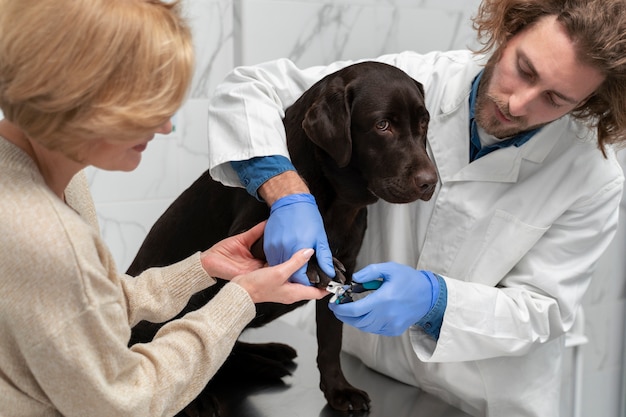Check the Chip: Why Updated Microchip Info Could Save Your Pet’s Life
Losing a pet is one of the most heartbreaking experiences a pet owner can face. Whether they slip out of a backyard gate, dart through an open door, or become spooked on a walk, pets can disappear in an instant. In these moments, a microchip can be the lifeline that brings them back home. But here’s a critical detail many owners overlook—a microchip only works if the contact information in the registry is accurate.
August 15th is Check the Chip Day, a national reminder to pet owners to verify and update their pet’s microchip information. It’s a simple step that takes just minutes but can make the difference between a lost pet being reunited quickly or remaining missing.
A microchip is a tiny device, about the size of a grain of rice, implanted just under your pet’s skin—typically between the shoulder blades. It contains a unique identification number that can be scanned by animal shelters, veterinary clinics, and rescue organizations. That number is linked to your contact information in a secure database. If your pet is found, the information in the registry allows rescuers to contact you directly.
The problem is, life changes—people move, change phone numbers, or update email addresses. If you don’t update this information in your pet’s microchip registry, the number becomes useless for reunification. Sadly, many lost pets with microchips never make it home because their owner’s contact details were outdated or missing entirely.
Checking your pet’s chip information is straightforward. First, find your pet’s microchip number—this may be on adoption paperwork, vet records, or a tag provided by the microchip company. If you’re unsure, your veterinarian can quickly scan your pet to retrieve the number. Next, visit the microchip registry website associated with your pet’s chip. If you don’t know which company manufactured the chip, you can use a universal microchip lookup tool online to find out. From there, log in and verify your information.
Updating your details is usually free and takes less than five minutes. Make sure your name, current address, phone numbers, and email addresses are correct. It’s also wise to add an emergency contact—someone you trust who can pick up your pet if you’re unavailable.
If your pet doesn’t have a microchip, there’s no better time than now to get one. The procedure is quick, safe, and relatively inexpensive. Most pets barely react to the injection, and the chip lasts for life. While a microchip isn’t a GPS tracker, it’s one of the most reliable forms of permanent identification. Unlike collars or tags, which can break or fall off, a microchip stays with your pet no matter what.
Shelters and veterinary professionals across the country see the power of microchips every day. Countless pets are reunited with their families because someone scanned their chip and found current contact information. Sadly, they also see the opposite—microchipped pets who remain in shelters because their owners cannot be reached.
This August, take five minutes to check your pet’s microchip information. Set a yearly reminder to review it, especially after major life changes like moving or switching phone numbers. This small habit can save you days, weeks, or even years of worry if your pet ever goes missing.
A microchip can’t prevent your pet from getting lost, but it greatly increases the odds they’ll be safely returned to you. And that peace of mind is priceless.
Celebrate Check the Chip Day by verifying your pet’s microchip information today—and if your furry friend doesn’t have one yet, make an appointment to get them chipped. Contact Wellswood Midtown Animal Hospital at (813) 877-1979 or visit our service area in Tampa, Florida.





















